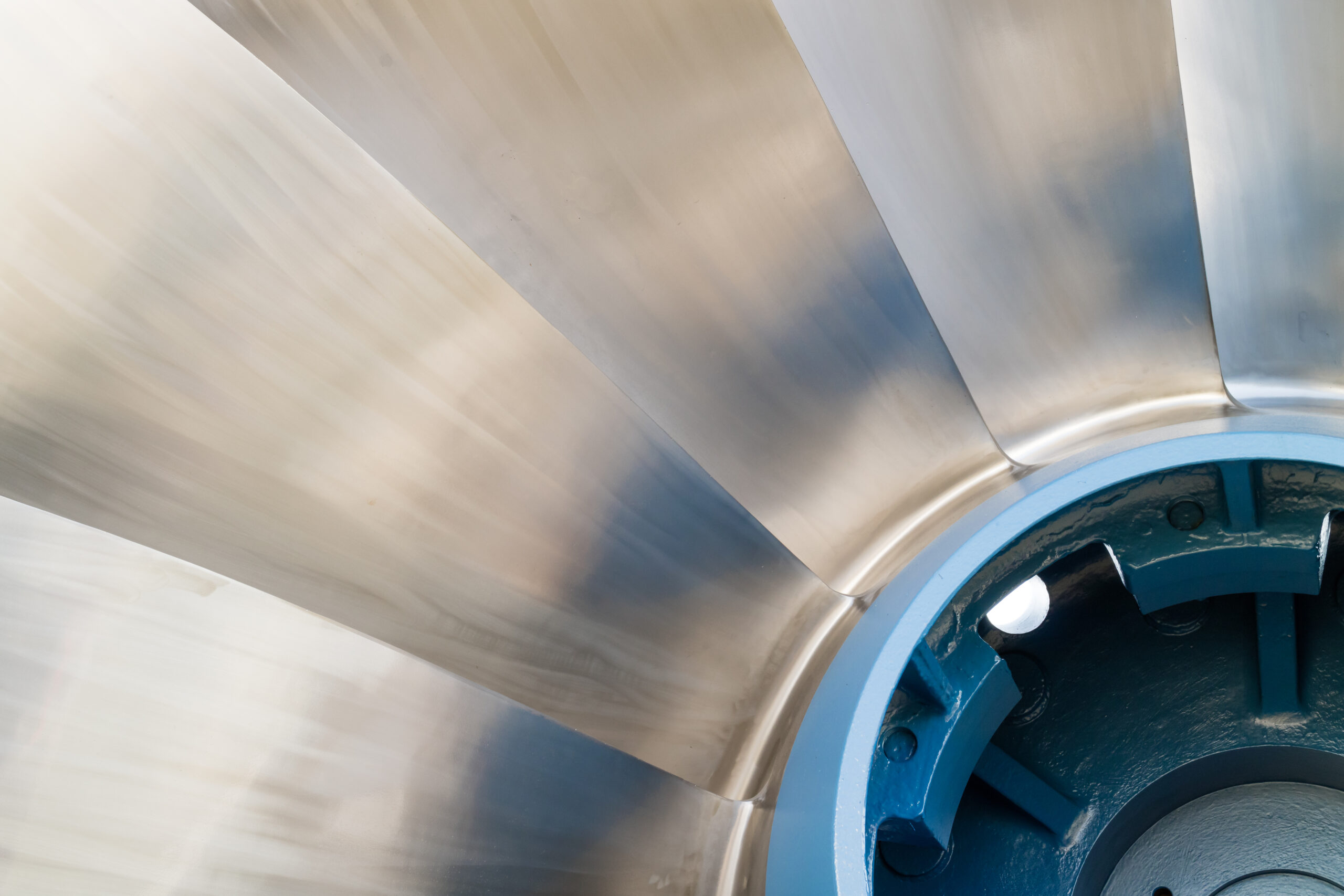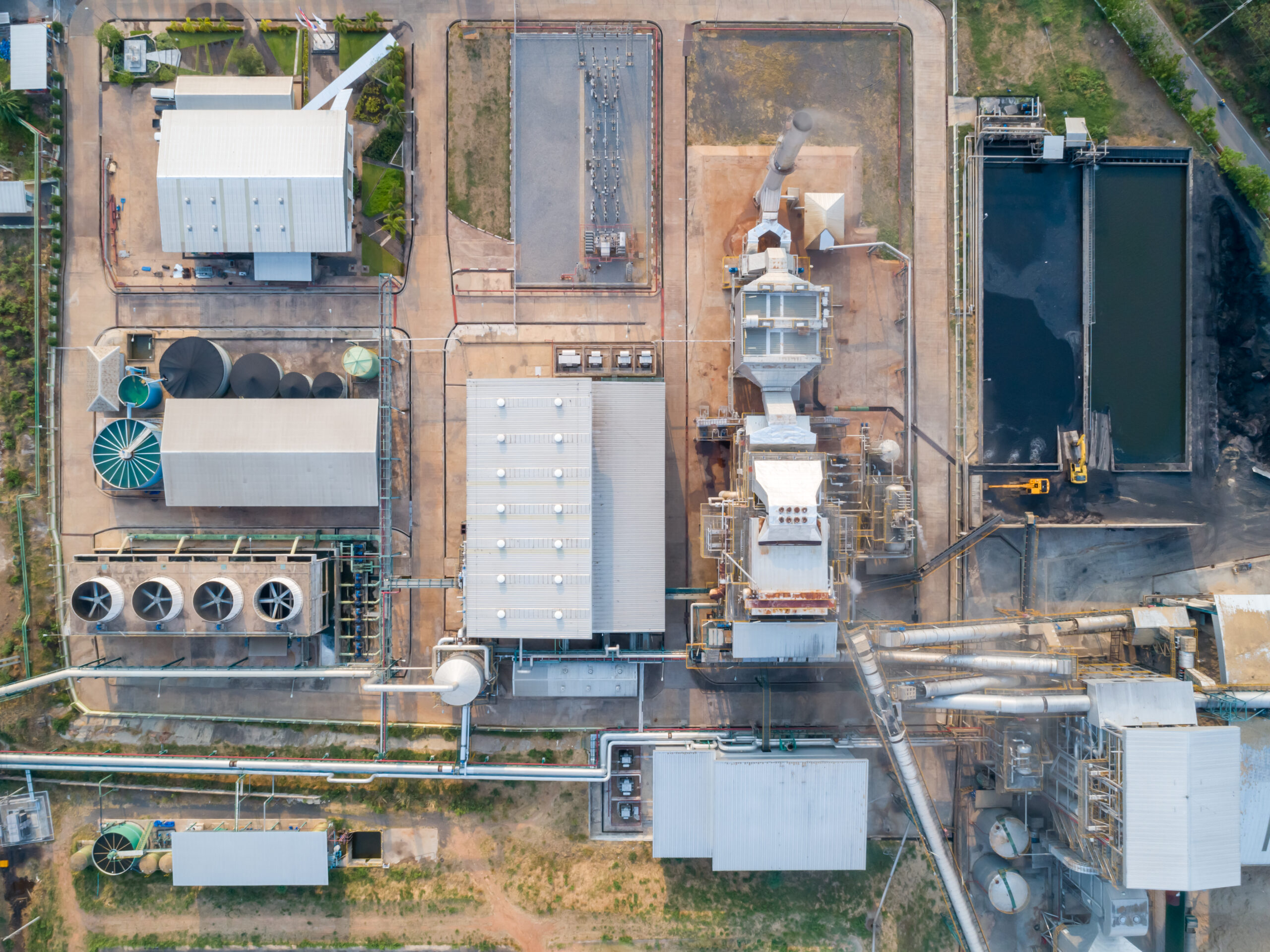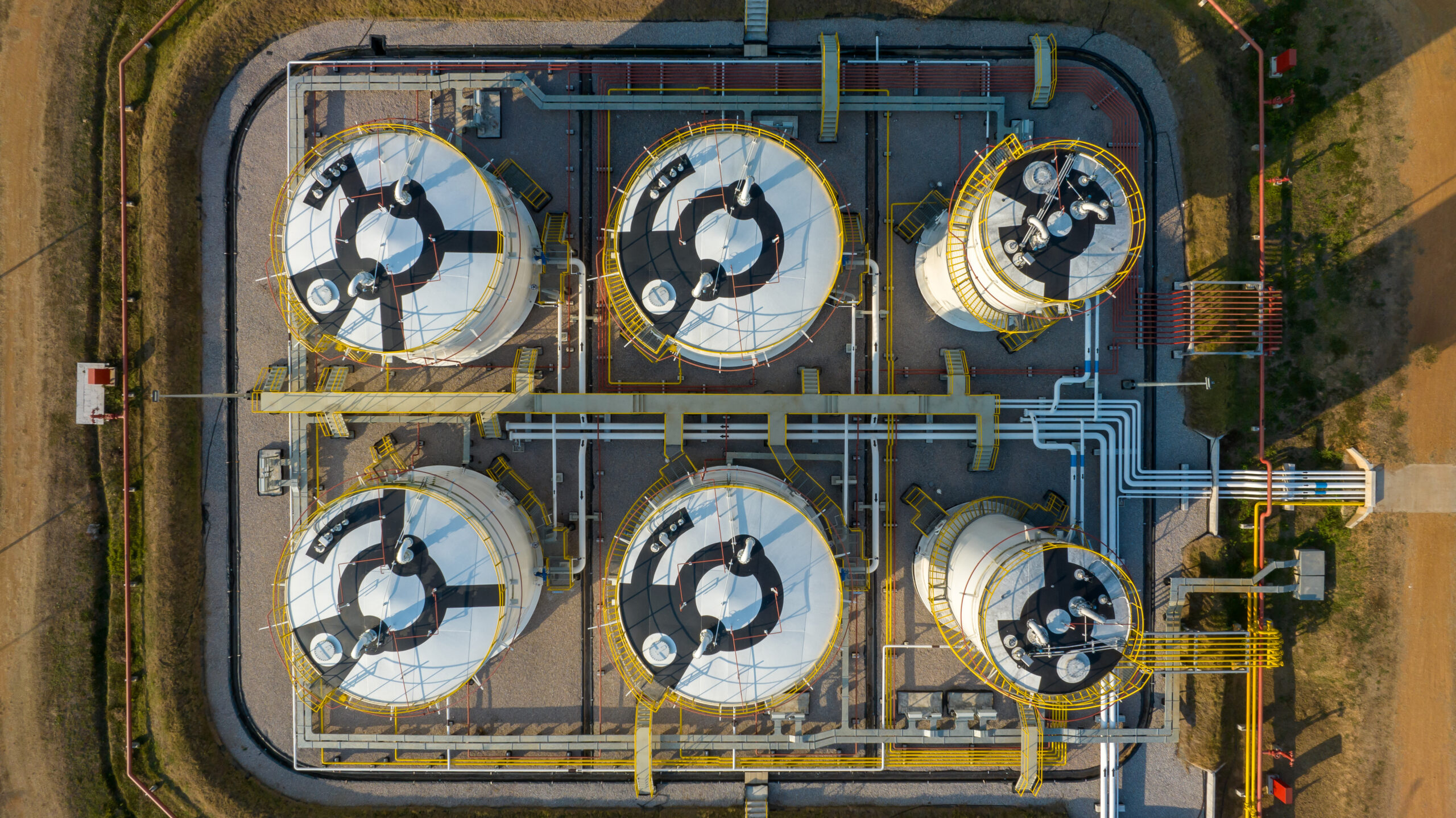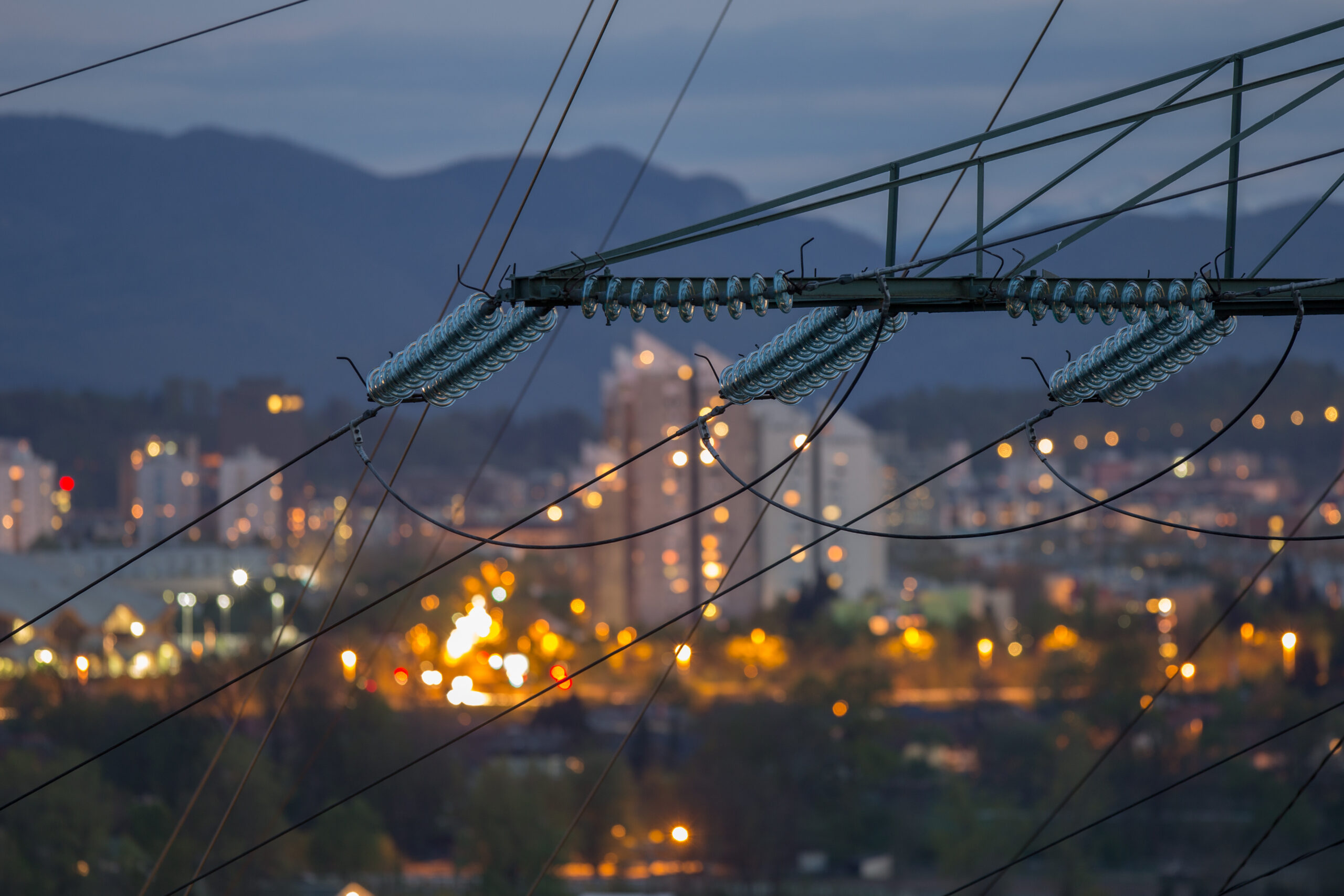The parallel gas & power crises of 2022 highlighted how dependent Europe remains on gas-fired power generation. Generation margins for gas plants surged as market prices signalled an acute shortage of flexible capacity.
Margins have normalised again in 2023. Gas fired plants remain a key source of flexibility but in a world of increasing renewable output, competitive advantage is becoming increasingly important.
In today’s article we look at the evolution of Clean Spark Spreads (CSS) that drive gas plant margins. We also explore the competitive dynamics across the 3 main technology types: CCGTs, OCGTs & gas reciprocating engines.
Gas plant margins fall back to earth
Chart 1 shows the evolution of Peak CSS in the GB power market. We use GB as a case study but the impact of the energy crisis on CSS was similar across all NW European power markets.
Chart 1: GB market Peak CSS historical evolution & current forward prices
The energy crisis in 2022 saw a record surge in CSS as shown in the chart. CSS measures the generation margin for gas plants, over and above the costs of gas & carbon. So very high CSS levels were signalling acute power market stress, on top of extreme gas prices.
This was in part driven by major availability issues with the French nuclear fleet, reducing net interconnector exports out of France and acting to tighten all NW European power markets.
By the start of 2023, Baseload GB CSS had eased from peak crisis levels, but remained above 30 £/MWh. By the end of summer this year Baseload CSS had returned to pre-crisis levels sub 5 £/MWh, with a pronounced discount of summer vs winter. Forward Peak CSS is significantly stronger than Baseload, particularly across winters, reflecting the fact that gas plant value is increasingly being captured across peak periods (requiring flexible running patterns).
The return to earth of gas plant generation margins reflected by the normalisation of CSS, brings the role of gas plants & competitive dynamics across assets firmly back into focus.
The role of gas plants in decarbonising power markets
Gas-fired plants are currently the key source of flexibility that compensate for large swings in wind & solar output. If you are interested in some analysis of just how large RES fluctuations can be you can see our recent chart for wind & solar output swings in Germany.
Battery capacity is growing quickly as an important source of short term balancing flexibility, but BESS storage duration is limited (currently to less than 4 hours of charge). Periods of low wind & solar output can last for days or even weeks. Even very large volumes of batteries are not enough given their duration limitations.
As a result gas flexibility is set to remain key for maintaining system security well into the 2030s, until a cost effective alternative low carbon fuel source can be scaled (e.g. hydrogen) or new flexible technologies developed (e.g. longer duration forms of storage or nuclear SMRs).
The role of gas plants may be key, but they face a challenge as renewable output increases: generation margins are steadily being eroded, increasing competition between gas plants to capture margin.
Competitive advantage across assets
Gas plants are not all created equal. Increasing renewable penetration requires more starts, more ramping & typically causes declining load factors over time.
There is strong competition across different types of gas assets to capture available margin e.g. in periods of lower RES output & higher demand. In Table 1 we line up a comparison of the three main gas technology types competing for value.
Table 1: Competitive dynamics: CCGTs vs OCGTs vs gas engines
CCGTs capture greatest value during prolonged periods of low RES output, where other more expensive units set the marginal price (e.g. gas engines). An efficiency advantage enables CCGTs to capture inframarginal rents from a lower variable cost relative to higher cost price setting units.
Gas engines & OCGTs have a competitive advantage in periods requiring multiple starts and fast ramping. These sorts of running patterns are difficult for CCGTs to perform, because of direct start costs, maintenance cost impact & outright flexibility limitations.
Gas peaker investment cases are also supported by lower capex & opex. This means that a significantly higher portion of required revenues come from long term capacity contracts. And gas peaker flexibility, particularly from gas engines, is ideally suited to multiple starts & ramps across shorter periods of time to balance wind & solar output.
The decarbonisation challenge confronts owners of all three gas technologies. But engines benefit from a shorter capital payback horizon and the ability to relatively easily repower or retrofit to run on a low carbon fuel such as hydrogen or bio-methane.
————————————————————————————–
Join our upcoming webinar
Title: “The next frontier” – The drivers behind a surge in German battery investment
Date: Tues 28th Nov 09:00 BST (10:00 CET, 16:00 SGT)
Registration link here, free to attend
Focus:
- Fundamental value drivers (e.g. RES growth, thermal retirements)
- DE BESS revenue stack breakdown & backtest
- How the within-day market is driving value capture
- Financing & offtake structures
- Key policy & investment risks




